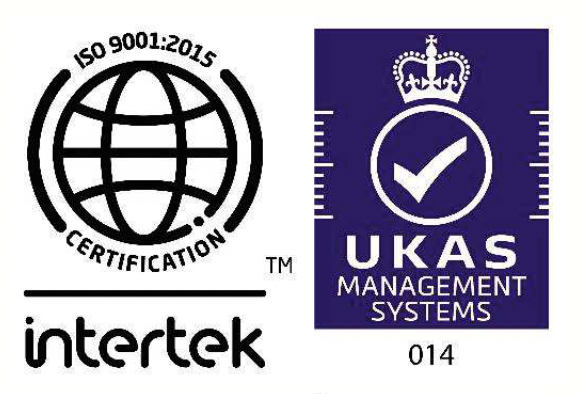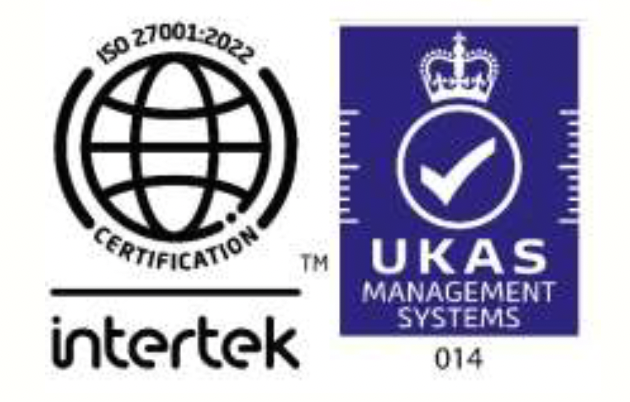What is an ISO 27001 2022 certification body auditor is looking for when certifying an organisation?

When an ISO 27001 certification body auditor is certifying an organization for compliance with the ISO 27001 standard, they are looking for evidence that the organization has effectively implemented an Information Security Management System (ISMS) that meets the requirements of the standard.
The ISO 27001 standard provides a systematic approach for managing and protecting sensitive information within an organization.
Here are the key areas that an auditor will focus on during the certification process:
- Context of the Organization:
- Understanding of the organization's internal and external context relevant to information security.
- In simple words the auditor may be asking questions on external factors and internal factors that led to implement ISMS – ISO 27001.
- Identification of interested parties and their security requirements.
- Leadership and Commitment:
- Demonstrated commitment from top management to information security.
- Clear roles and responsibilities for information security management.
- Planning:
- Risk assessment and risk treatment process.
- Setting information security objectives and planning how to achieve them.
- Support:
- Resource allocation for the ISMS.
- Adequate training and awareness programs for employees regarding information security.
- Operation:
- Implementation of risk treatment measures.
- Documented processes and controls for managing information security.
- Performance Evaluation:
- Monitoring and measurement of information security performance.
- Regular internal audits of the ISMS.
- Improvement:
- Evaluation of the effectiveness of information security controls.
- Continuous improvement of the ISMS based on monitoring results and audit findings.
- Documented Information:
- Maintenance of documented information required by the standard.
- Annex A Controls:
- Implementation of controls specified in Annex A of the standard, which cover various aspects of information security.
Some of the prominent Annexure controls are as follows:
Asset identification Management:
- Proper identification, classification, and management of information assets, including data and systems.
- Classification of assets that help to optimise security budgets/expenditure
Access Control:
- Implementation of access controls to ensure that authorized individuals have appropriate access to information and systems, while unauthorized access is prevented.
Cryptography:
- Appropriate use of cryptographic controls to protect sensitive information and ensure confidentiality and integrity.
Application Security
- Applications has necessary controls such authentication, authorisation and logging.
- If the organisation is in application development, then assurance the company is adhering to security best practices
Network Security
- Controls such as Firewall, IDS, IPS
- Implementation of Identity and Access Management systems
- Remote User access have multi factor authentication
Physical and Environmental Security:
- Implementation of security measures to protect physical assets, such as data centers and offices, from unauthorized access, damage, and theft.
Security Incident Management:
- No system can be considered as infallible. So established procedures for detecting, reporting, and responding to information security incidents.
- Evidence of incident response plans and incident handling capabilities.
Business Continuity and Disaster Recovery:
- Implementation of measures to ensure business continuity and the availability of critical systems and data in case of disruptions.
Compliance and Legal Requirements:
- Documentation of how the organization identifies and complies with relevant legal, regulatory, and contractual information security requirements.
- Conduct of regular internal audits to assess the ISMS's conformity and effectiveness.
- Documentation of audit findings and corrective actions taken.
During the certification audit, the auditor will assess the organization's documentation, processes, and controls, as well as conduct interviews with key personnel to verify compliance with ISO 27001 requirements.
The auditor will provide a detailed assessment report and, if the organization meets the standard's requirements, recommend the certification.
The certification body will then issue the ISO 27001 certificate, indicating the organization's compliance with the standard.

